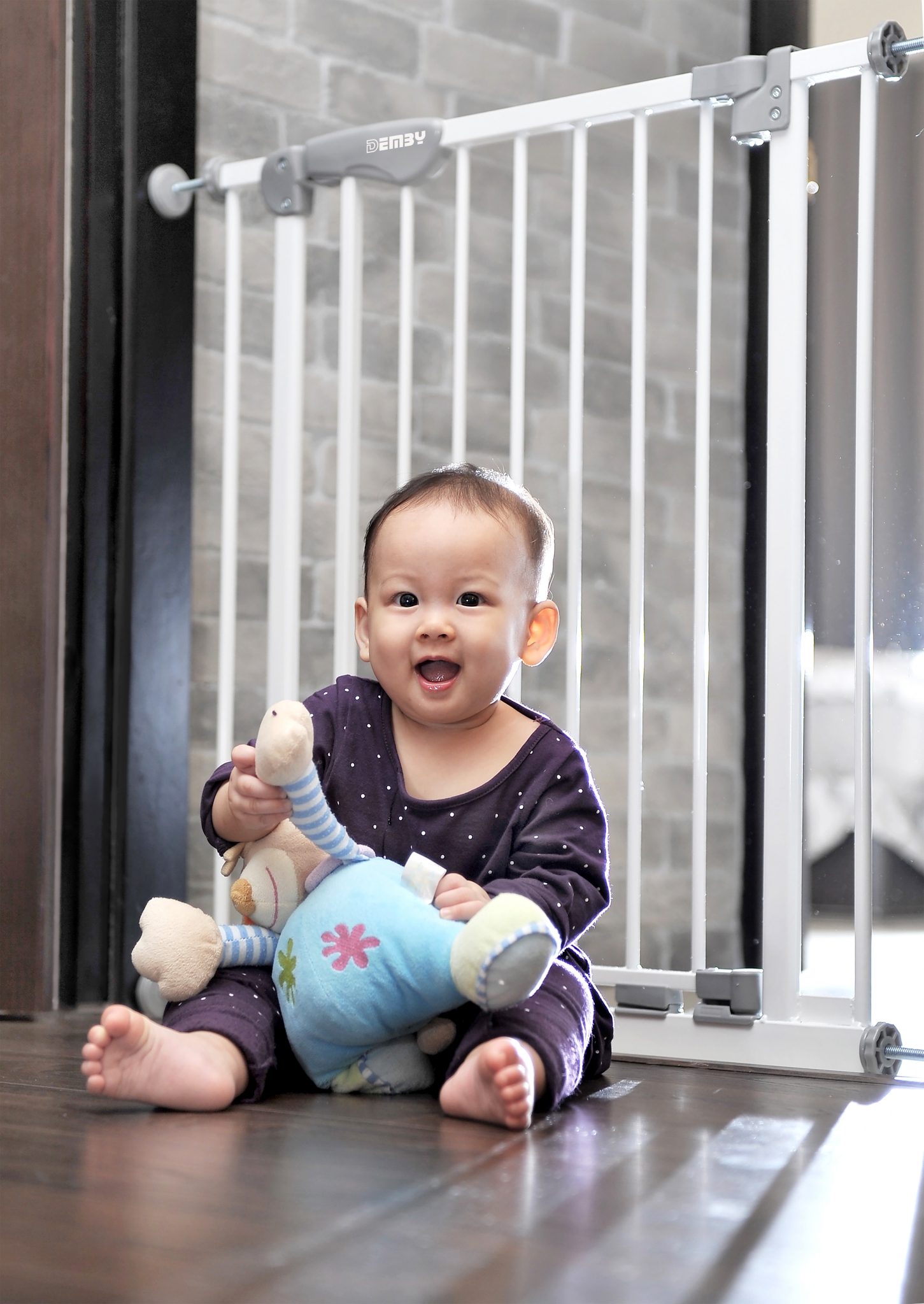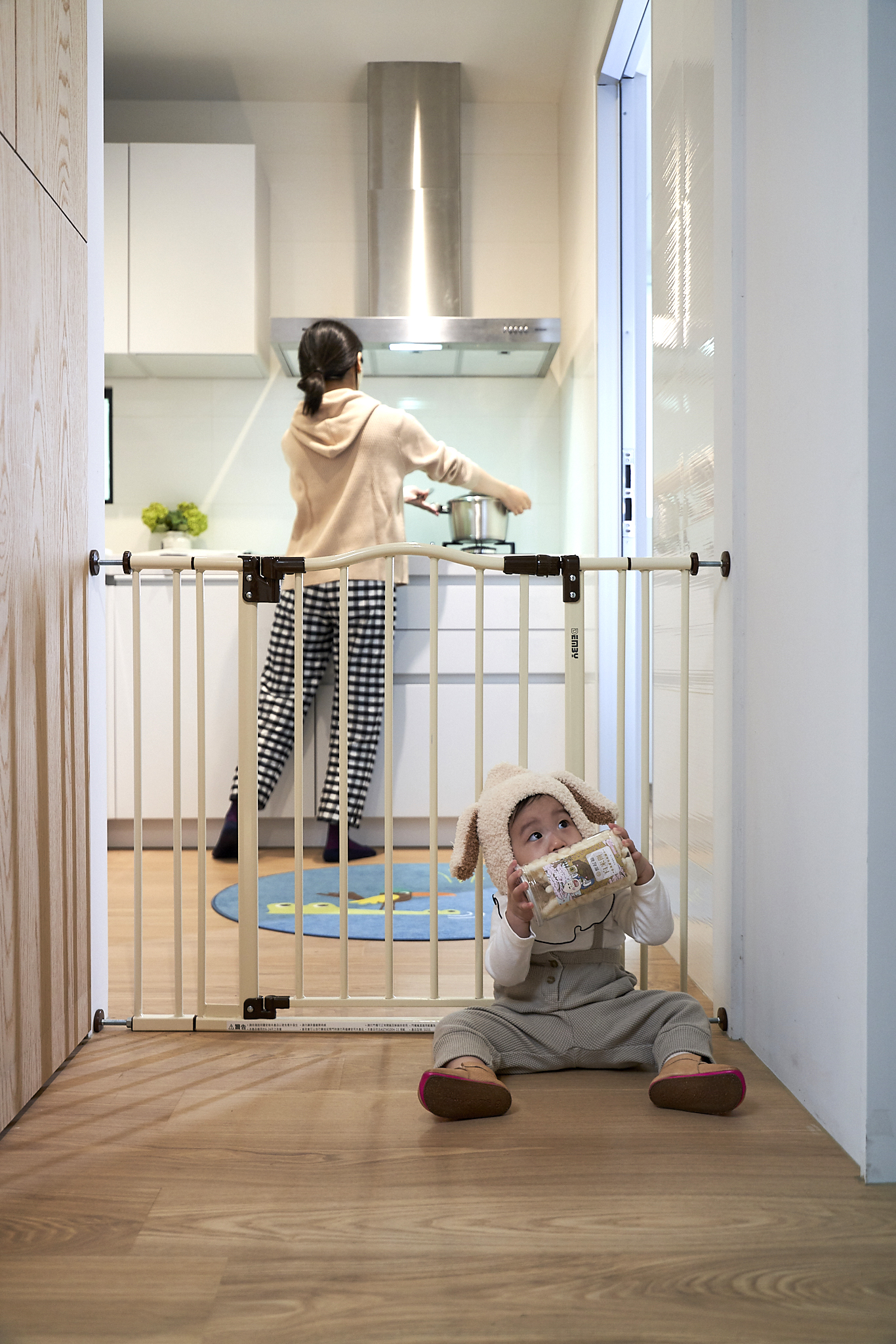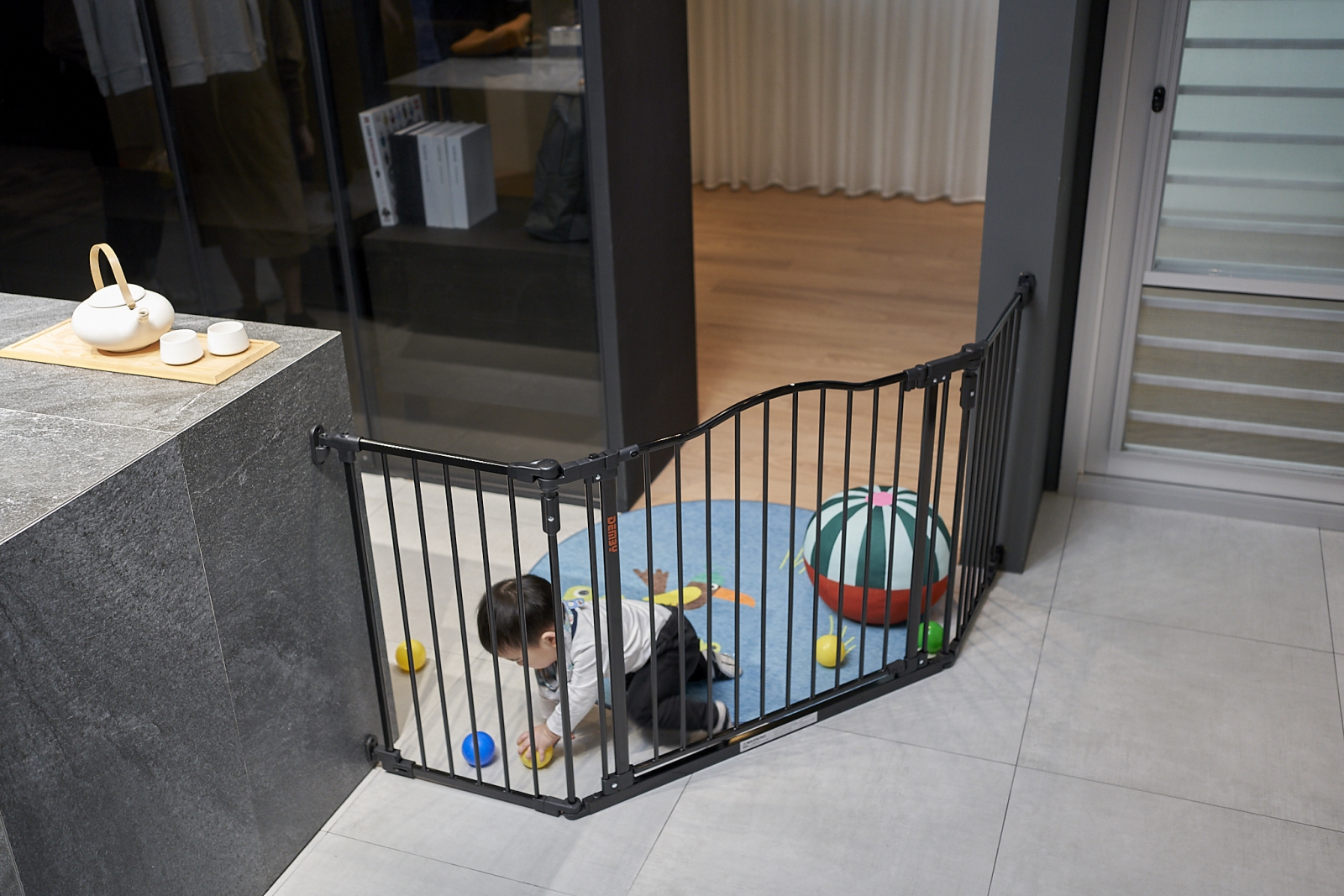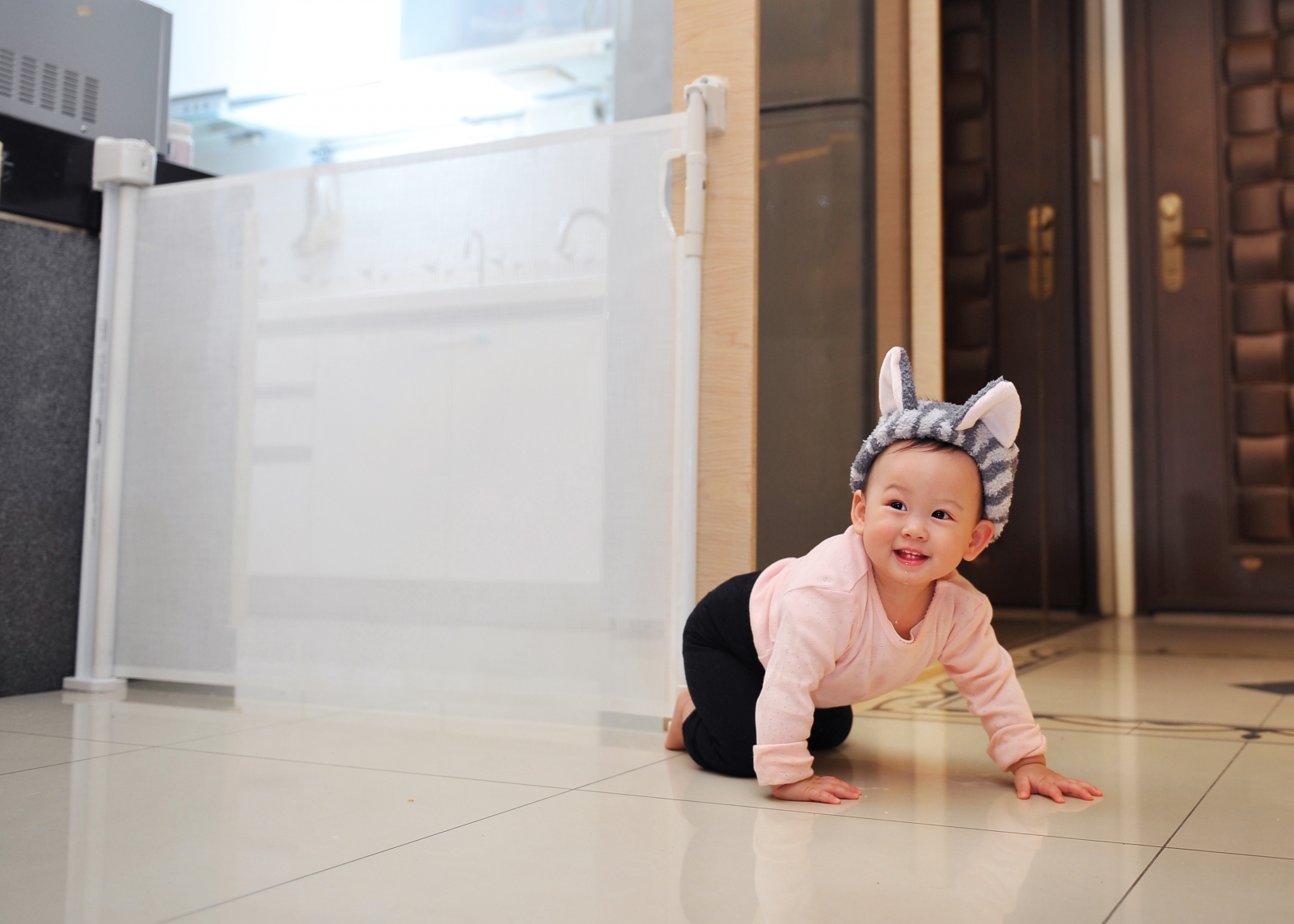Child Safety Gates: Unveiling the Different Types
Parents with toddlers at home certainly know that babies are very curious and active during their growth period.
And with potential dangers lurking around every corner of the house, this is when child safety gates come in handy.
In the past, many new parents would overlook the importance of child safety gates, thinking that they weren't necessary if there were no stairs or balconies in the house.
However, before babies grow up, ensuring their protection in every detail is the biggest concern and wish of every parent.
Now, with a plethora of safety gates on the market—some requiring wall mounting and others simply needing pressure against the wall or door frame—choosing the most suitable gate for your home environment can be a bit daunting.
Apart from considering installation methods, material choices, applicable sizes, multi-locking mechanisms, threshold heights, and door operation methods, it's also advisable to opt for gates that meet international safety standards, such as the European EN 1930:2011, the American ASTM F1004, or the Taiwanese CNS 16005 standards.
Here, we'll introduce the three main types of safety gates available on the market, hoping to help all parents choose the most suitable one for their needs.
1. Pressure-mounted gates
The so-called pressure-mounted gate is one that doesn't require drilling holes in the wall using tools; it simply needs to be pressed against the wall or door frame for installation.
This is one of the most common styles of child gates on the market and is the preferred choice for parents renting or those who don't want to damage the walls of their home.
Pressure-mounted gates come in various materials such as metal, wood, or plastic, and are suitable for installation on flat walls with symmetrical sides in the home. The advantage of pressure-mounted gates is that they don't damage the walls and can be easily moved to different locations, making them suitable for placement at room entrances, kitchen entrances, balconies, or staircases.


2. Hardware-mounted gates
As the name suggests, a hardware-mounted gate is one that needs to be securely attached to a wall using tools and screws.
Hardware-mounted gates are suitable for various environments, especially those with wide openings or non-parallel walls, such as at the top or bottom of stairs. Typically made of metal, these gates offer the advantage of being able to be installed in non-parallel wall configurations, versatile positioning, and use in wide spaces.

3. Retractable Gate
The retractable gate, crafted from iron and PVC mesh, falls into the category of wall-mounted gates. It's an optimal choice for parents who prefer barrier solutions without thresholds.
Retractable gates boast user-friendly operation, with the ability to neatly roll up when not in use, saving space and offering versatile placement options. Apart from being threshold-free, they can be flexibly installed at various angles to accommodate non-parallel or asymmetric walls, eliminating the need for additional extensions and making them suitable for wider doorways. If equipped with transparent mesh, parents can easily monitor their children's activities from afar. They find ideal placements at kitchen entrances, foyers, or stairways.


The above represents the primary three types of safety gates for infants/children. When selecting a safety gate for your little one, parents can evaluate the desired features such as dual or triple locking mechanisms, automatic closing, single or double-direction opening designs, door stoppers, and safety certifications. By choosing the most suitable safety gate for your home environment and usage scenarios, you ensure the protection of your child's home safety.
